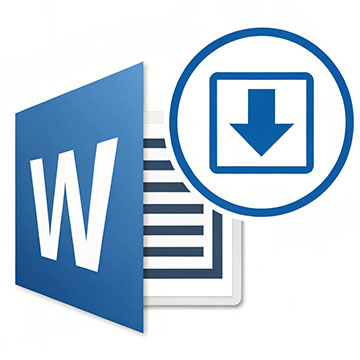Inclusion & Marginalization: How Perceptions of Design Thinking Pedagogy Influence Computer, Electrical, and Software Engineering Identity
DOI:
https://doi.org/10.46328/ijemst.v8i4.952Keywords:
Identity, STEM, Engineering, Design thinking, InclusionAbstract
Engineering identity plays a vital role in the persistence of engineering students, yet limited research exists on how particular pedagogical approaches influence engineering identity at the college level. This qualitative case study explored how undergraduate student perceptions of design thinking pedagogy influence computer, electrical, and software engineering identity. The study found that design thinking pedagogy reinforces the recognition of an engineering identity, particularly for those from historically marginalized groups (i.e., women, people of color). Intentional implementation, including organization and framing of design thinking pedagogy, was an essential foundation for fostering student interest in the course and connecting to their role as engineers. This study suggests that design thinking is a fruitful area to explore to create more inclusive engineering environments. This study’s findings will assist educational stakeholders in understanding the design thinking pedagogy and engineering identity experiences of CES undergraduate engineering majors. Findings may encourage institutions to view the engineering curriculum in terms of identity development and understand how intersectional identities influence the ways students, particularly those from marginalized backgrounds, experience the environment.
Downloads
Published
Issue
Section
License
Articles may be used for research, teaching, and private study purposes. Authors alone are responsible for the contents of their articles. The journal owns the copyright of the articles. The publisher shall not be liable for any loss, actions, claims, proceedings, demand, or costs or damages whatsoever or howsoever caused arising directly or indirectly in connection with or arising out of the use of the research material.
The author(s) of a manuscript agree that if the manuscript is accepted for publication in the journal, the published article will be copyrighted using a Creative Commons “Attribution 4.0 International” license. This license allows others to freely copy, distribute, and display the copyrighted work, and derivative works based upon it, under certain specified conditions.
Authors are responsible for obtaining written permission to include any images or artwork for which they do not hold copyright in their articles, or to adapt any such images or artwork for inclusion in their articles. The copyright holder must be made explicitly aware that the image(s) or artwork will be made freely available online as part of the article under a Creative Commons “Attribution 4.0 International” license.
This work is licensed under a Creative Commons Attribution-NonCommercial-ShareAlike 4.0 International License.





